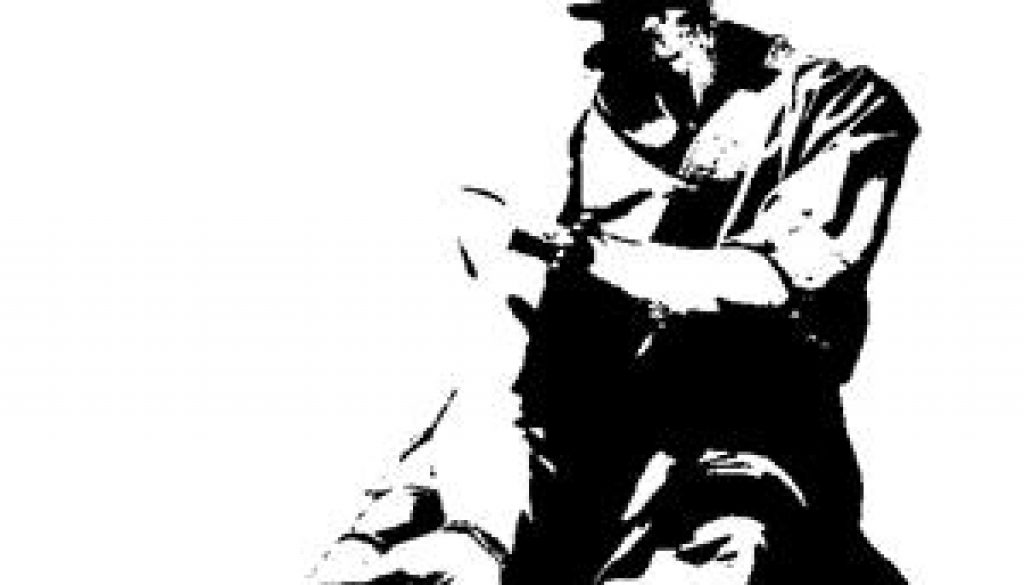How to Improve the 6DKF’s Dragon Motion
We have already had occasion to introduce the swirling movements of the Dragon Motion ( “The 6DKF Dragon Motion: the swirling movements” and “The Dragon Motion: a first insight and 4 exercises”), we see now some details about how to improve our practice:
- We need to smooth out all possible angles and rigidity, the body has to be left soft and relaxed, without tension
- Let’s move into the space as if our limbs were freely dragged by sea’s waves
- We have to try to involve the whole body in every movement (nothing is at rest or is excluded)
- The speed do not need to be constant but the accelerations and decelerations have to
- We have to opt for large movements, let’s use every joint of our body
- We can imagine we are painting with a big brush on large walls with different inclinations (but not only in 2 dimensions)
- We have to connect all the movements into one, never interrupting the flow
- At the beginning we must limit the use of straight lines or angled movements (we will see them later, like breaking rhythm movements)
- We have to draw curvilinear movements with every of our limbs (also in sequence, simultaneity, etc.)
- More slow we go more it will be difficult, at the beginning we can use a middle speed as to find the right paths
Now let’s see some changes that help to make a quantum leap in our conditioning to Dragon Motion; before proceeding it is important to have made extensive practice, moving on to more advanced exercises without having acquired fluency cause loss of quality and effectiveness.
Variations for individual training:
- Execute the exercise with weights in hand (stone, metal, etc.) for a minimum of 0.5kg to 5kg per limb; weights should be compact and calibrated very gradually so as not to make us ever vibrate, slow down or create edges in the movements
- Execute the exercise with the wrists tied (not exaggeratedly) to 2 elastic strings fixed at the wall
- Execute the exercise by moving a stick hanging from a elastic rope (an advanced exercise, which we have already mentioned “Advanced exercises: the swivel hanging stick”)
Variations that include training partners:
- Execute the exercise with a partner who tries to keep firm our wrists with a progressively higher force (initially almost absent)
- Execute the exercise defending ourselves from a partner who attacks us with a stick or a rope (never aggressively but progressively more intensely, advanced exercise)
The Dragon Motion is one aspect of our kung fu on which to dwell extensively, it allows us very advanced applications (imprison opponent’s limbs, free our limbs, be unpredictable, load power under abnormal conditions, project our opponents, channel strength, etc.), so it is important to be studied deeply by each practitioner.
In the next articles we will see impacts and breakings of the flow.
Author: Master Kongling
Founder of 6 Dragons Kung Fu.
How to master 6 Dragons Kung Fu?
Are you searching for:
- Daily training exercises?
- Synthetic theory and concepts?
- A step by step path from white to black belt?
- A path (clear, consequential and gradual) designed to build real martial skills?
- A direct contact with Master Kongling?
Go to our Patreon page and choose a training plan: starting from the Practitioner level, you will gain access to all this and much more.
Inside each Premium Lesson, you will receive the same teaching (practices, tips, concepts, small secrets and corrections) reserved to the live students of Master Kongling.
Important - Once a certain number of registrations are reached, no other participants can be accepted. For more information write to: [email protected].









